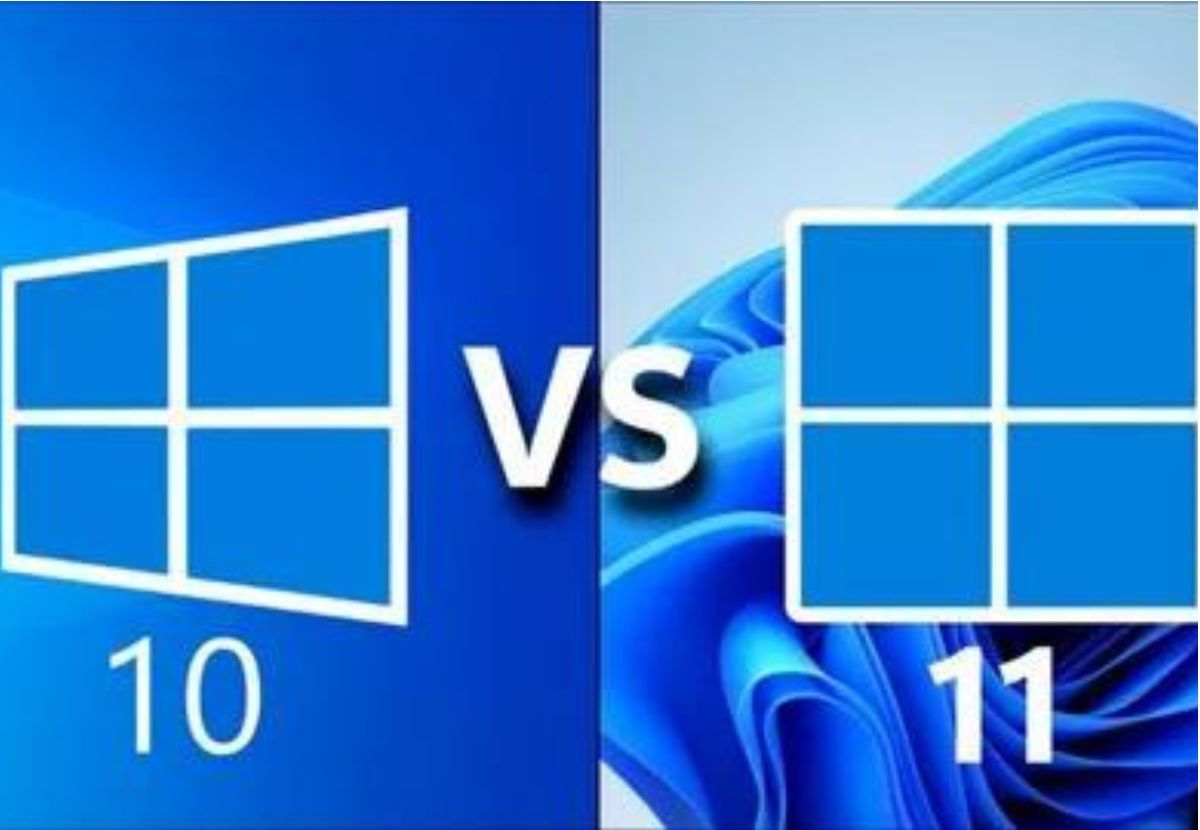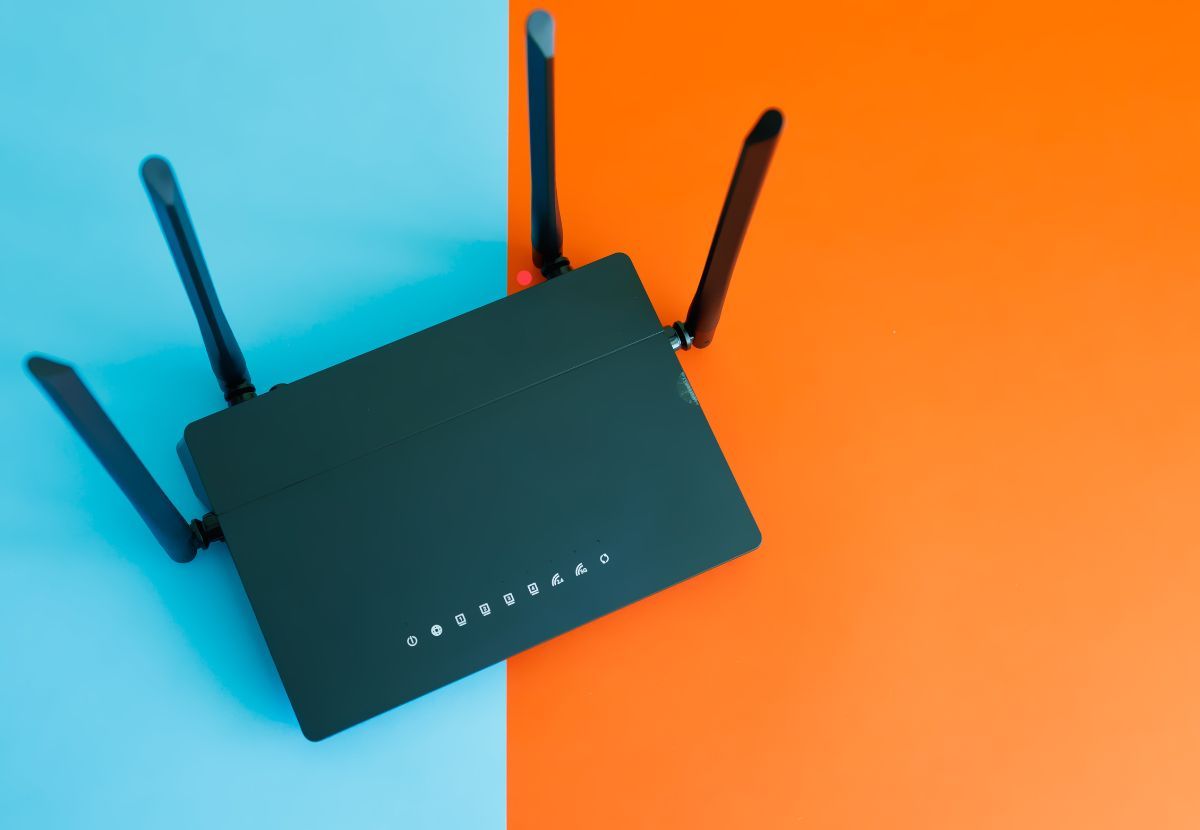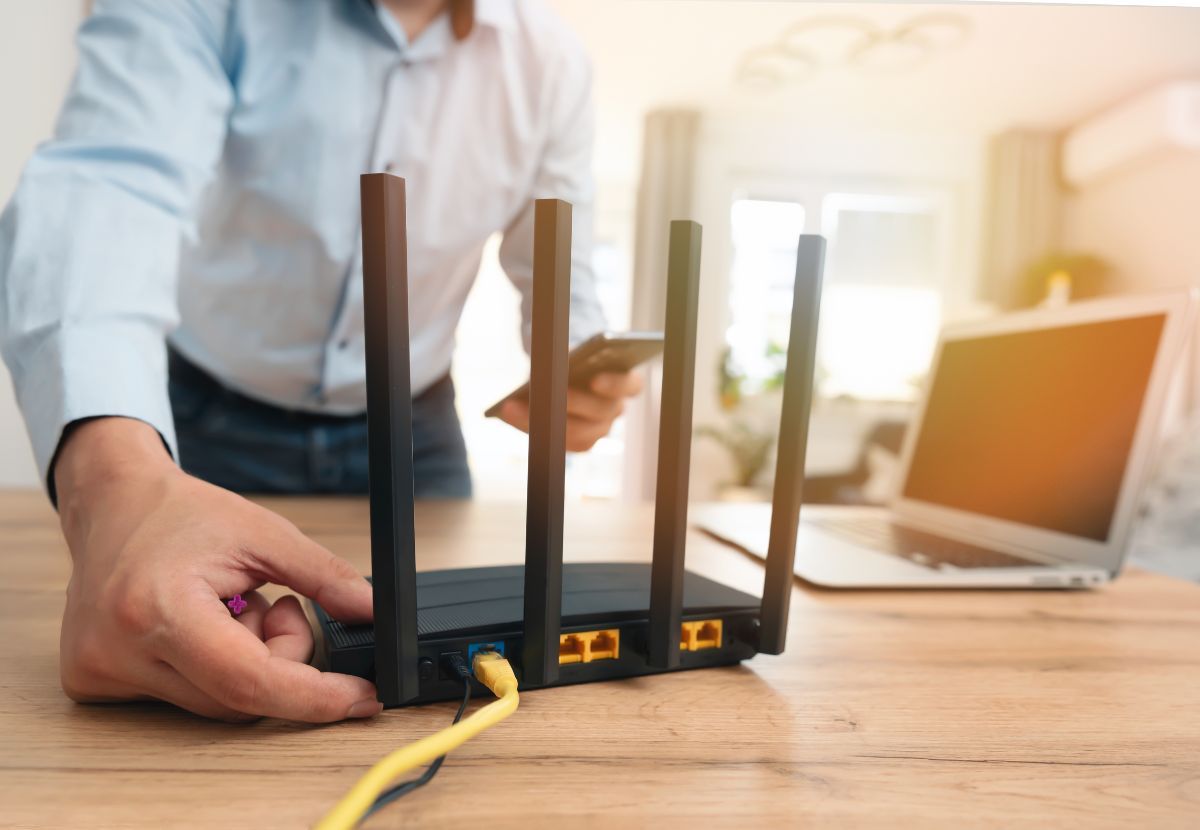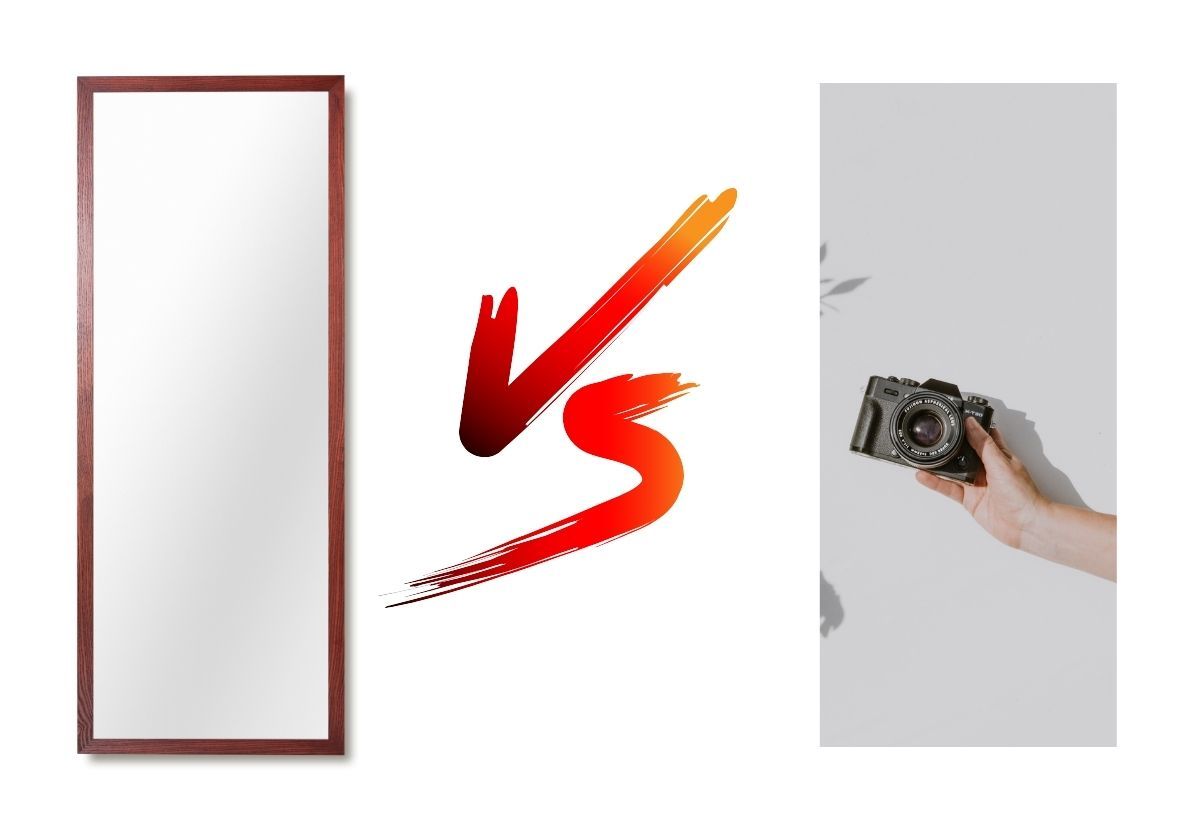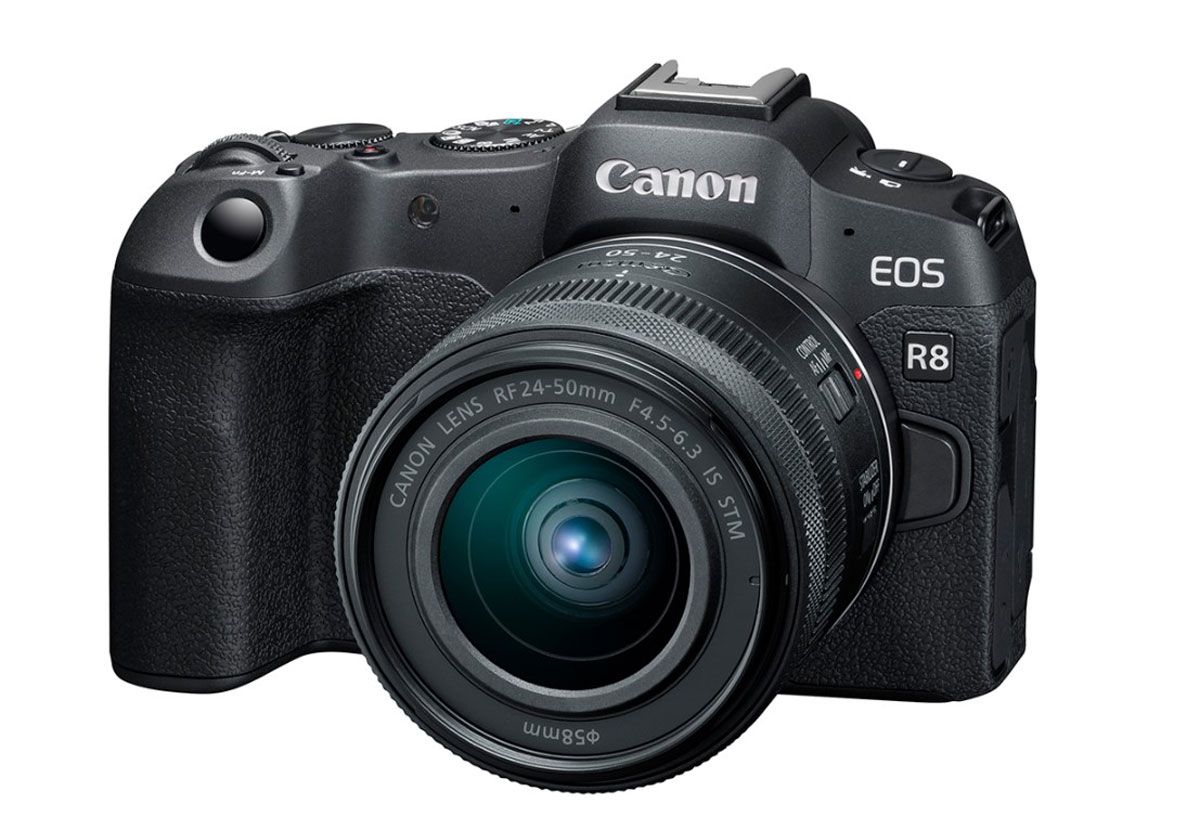
Selecting the correct camera is essential if you're new to photography and want to capture amazing shots with ease. Best mirrorless camera for beginners have been using mirrorless cameras more and more because they provide the ideal balance of sophisticated capabilities and intuitive use. We'll look at the top mirrorless cameras in this article, especially for novice photographers.
Table of Contents
- Definition of Mirrorless Cameras
- Growing Popularity Among Beginners
- Importance of Choosing the Right Camera
- Factors to Consider
- Top Mirrorless Cameras for Beginners
- Detailed Reviews
- Comparison Table
- Tips for Beginners
- Conclusion
Definition of Mirrorless Cameras
Mirrorless cameras, as the name suggests, lack the traditional mirror found in DSLRs. This design contributes to their compact size and lighter weight, making them an ideal option for beginners.
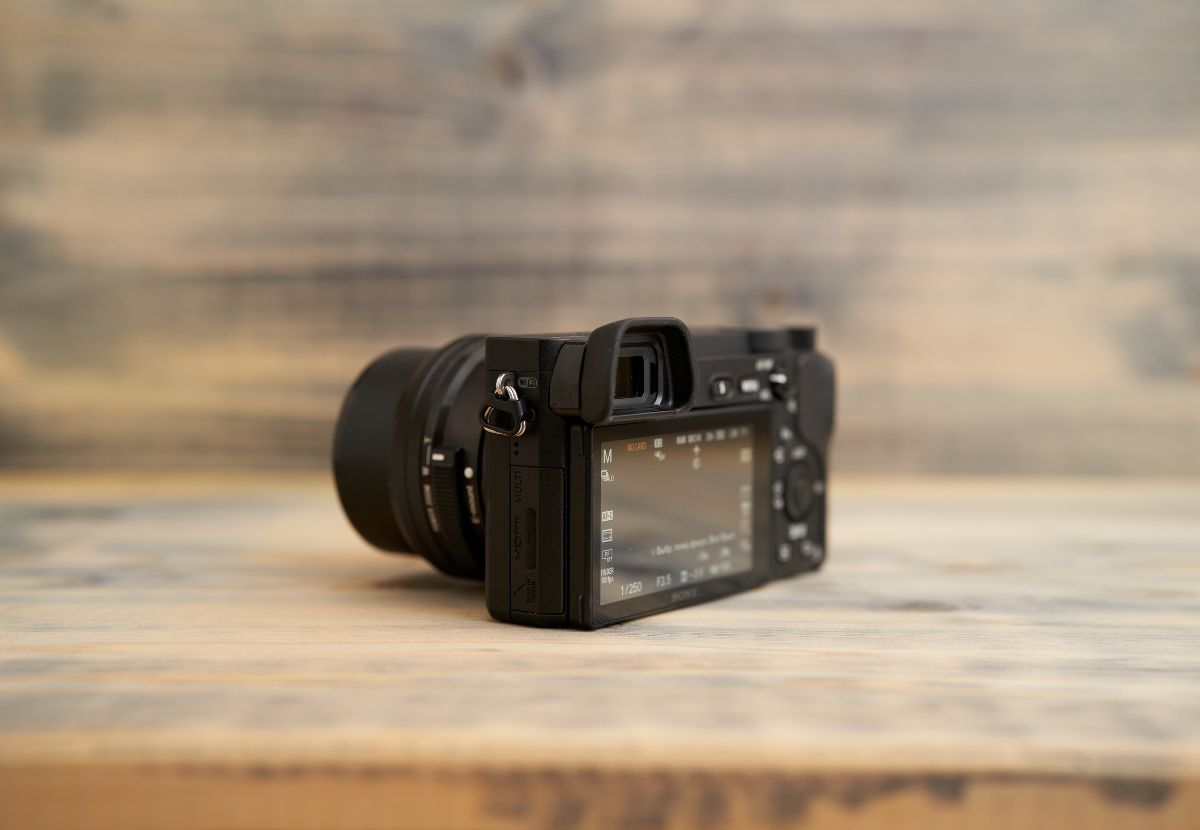
Growing Popularity Among Beginners
The photography community has witnessed a significant shift towards mirrorless cameras due to their ease of use and advanced technology. Beginners find these cameras less intimidating, allowing them to focus on their creativity rather than complex settings.
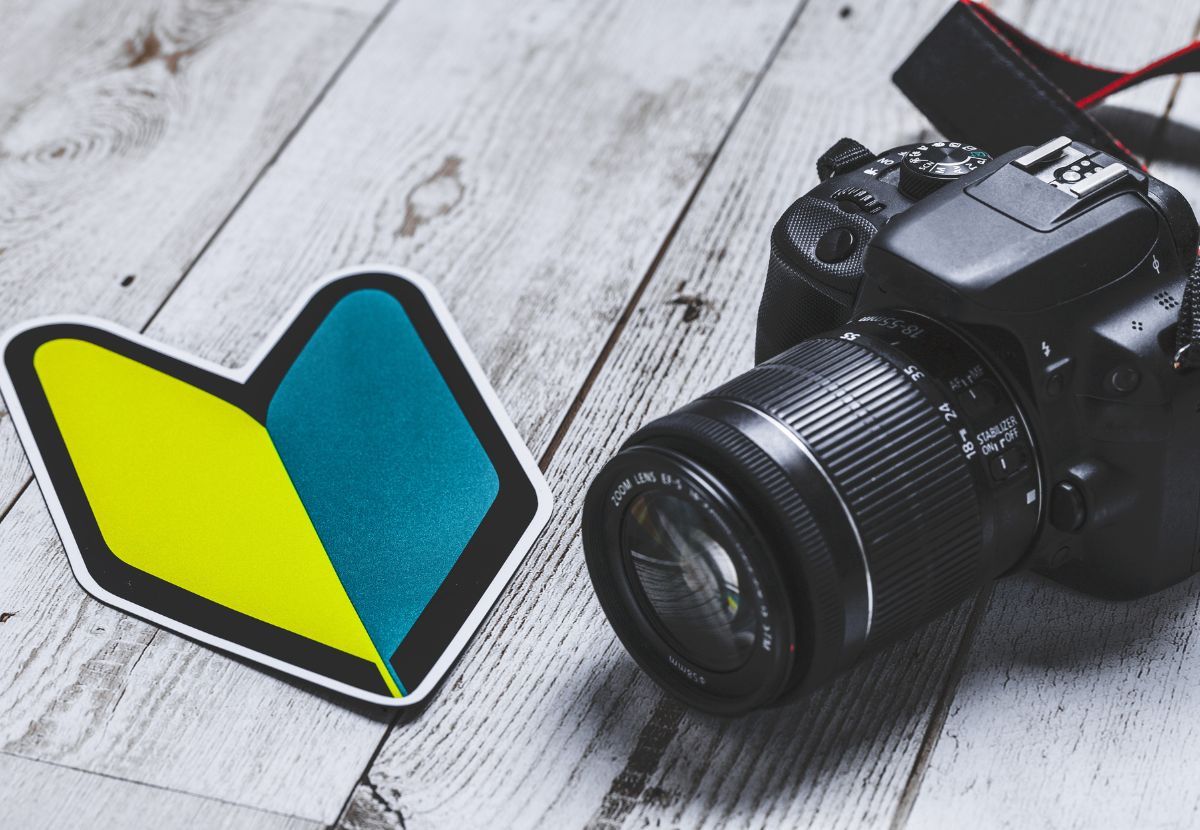
Importance of Choosing the Right Camera
Selecting the best mirrorless camera involves considering various factors to ensure it aligns with your skill level, preferences, and budget. Let's delve into the essential aspects you should contemplate.
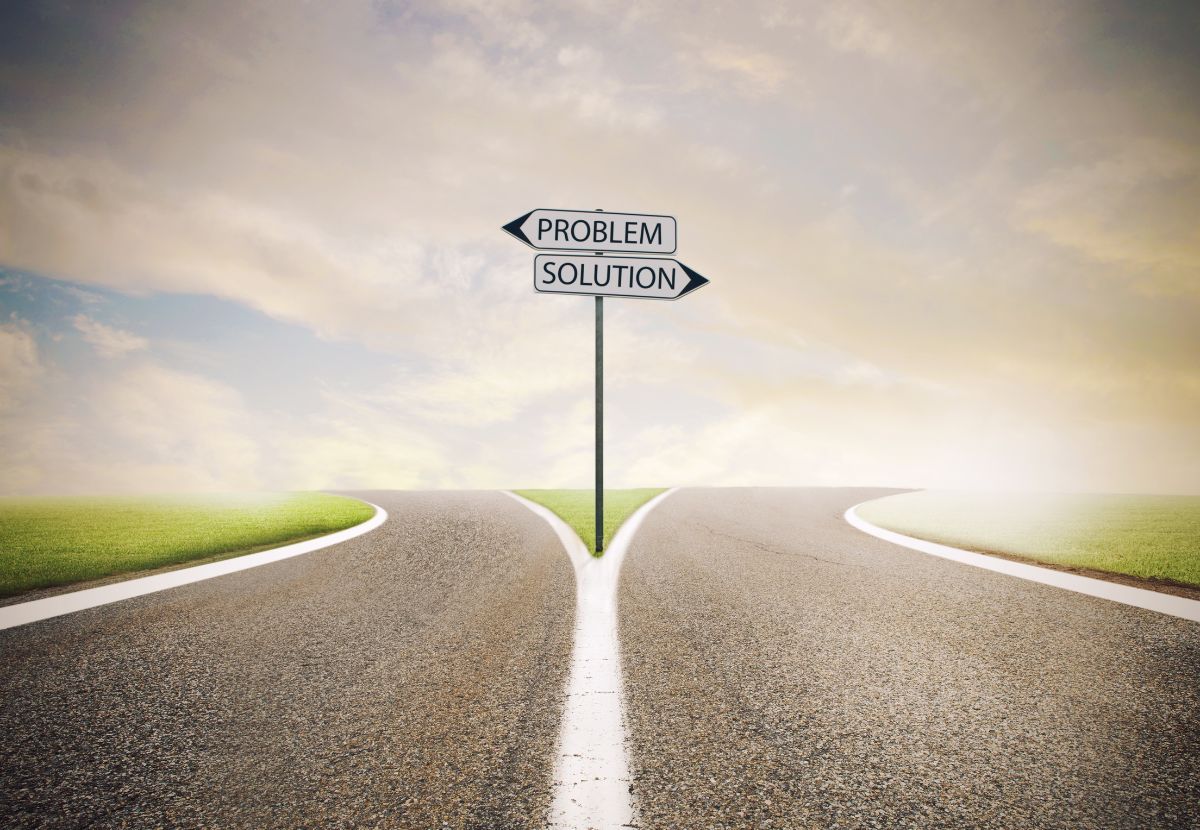
Factors to Consider
Budget Constraints
For beginners, setting a budget is crucial. Fortunately, there are excellent mirrorless cameras available at various price points, catering to different financial capabilities.
Ease of Use
User-friendly interfaces and intuitive controls are essential for beginners. Look for cameras with easy-to-navigate menus and quick access to fundamental settings.
Size and Portability
Mirrorless cameras are learned for their compact size, making them perfect for on-the-go shooting. Consider the camera's portability, especially if you plan to travel or engage in outdoor photography.
Image Quality
While beginners may not need the highest resolution, opting for a camera with good image quality ensures your photos look impressive and vivid.
Lens Options
A versatile lens selection allows beginners to explore different photography styles. Consider cameras with a range of available lenses suitable for various situations.
Auto-Focus Capabilities
Efficient and fast auto-focus is vital for capturing sharp images, especially when dealing with moving subjects. Look for cameras with advanced auto-focus technology.
Top Mirrorless Cameras for Beginners
Sony Alpha a6000
Key Features
- 24.3MP APS-C sensor
- Fast hybrid autofocus
- Compact and lightweight design
Pros
- Excellent image quality
- Quick auto-focus
- Wide range of compatible lenses
Cons
- Limited touchscreen functionality
Canon EOS M50 Mark II
Key Features
- 24.1MP APS-C sensor
- DIGIC 8 image processor
- Vari-angle touchscreen
Pros
- 4K video recording
- Dual Pixel CMOS AF for fast auto-focus
- Built-in electronic viewfinder
Cons
- Crop factor in 4K video recording
Fujifilm X-T200
Key Features
- 24.2MP APS-C sensor
- 4K video recording
- Advanced SR AUTO mode
Pros
- Retro design with modern features
- Excellent image quality
- User-friendly interface
Cons
- Limited battery life during video recording
Panasonic Lumix GX85
Key Features
- 16MP Micro Four Thirds sensor
- 5-axis dual image stabilization
- 4K video recording
Pros
- Compact and lightweight
- In-body image stabilization
- Post-focus feature for flexible focusing
Cons
- Smaller sensor size
Nikon Z50
Key Features
- 20.9MP APS-C sensor
- 4K video recording
- Eye detection auto-focus
Pros
- Ergonomic design
- Excellent electronic viewfinder
- Good low-light performance
Cons
- Limited native lens selection
Detailed Reviews
Sony Alpha a6000
Key Features
The Sony Alpha a6000 boasts a 24.3MP APS-C sensor, providing impressive image quality. Its fast hybrid auto-focus ensures you never miss a moment, and the compact design makes it ideal for travel and street photography.
Pros
The camera excels in delivering sharp images thanks to its quick auto-focus. With a vast selection of compatible lenses, you can explore various photography styles.
Cons
However, the limited touchscreen functionality might be a drawback for those who prefer a more interactive interface.
Canon EOS M50 Mark II
Key Features
Equipped with a 24.1MP APS-C sensor and a DIGIC 8 image processor, the Canon EOS M50 Mark II offers excellent image quality. The vari-angle touchscreen provides flexibility in shooting angles.
Pros
The camera supports 4K video recording, & the Dual Pixel CMOS AF ensures fast and accurate auto-focus. Additionally, the built-in electronic viewfinder enhances your shooting experience.
Cons
Keep in mind the crop factor when using a 4K video recording.
Fujifilm X-T200
Key Features
The Fujifilm X-T200 features a 24.2MP APS-C sensor and supports 4K video recording. Its advanced SR AUTO mode makes it easy for beginners to capture stunning images effortlessly.
Pros
Combining a retro design with modern features, this camera delivers excellent image quality. The user-friendly interface enhances the overall shooting experience.
Cons
However, be mindful of the limited battery life, especially during prolonged video recording.
Panasonic Lumix GX85
Key Features
With a 16MP Micro Four Thirds sensor & 5-axis dual image stabilization, the Panasonic Lumix GX85 ensures sharp and steady shots. Its 4K video recording capability adds versatility to your videography.
Pros
The compact and lightweight design, coupled with in-body image stabilization, makes this camera an excellent choice for travel. The post-focus feature allows flexible focusing in post-processing.
Cons
Keep in mind the smaller sensor size compared to some competitors.
Nikon Z50
Key Features
Featuring a 20.9MP APS-C sensor, the Nikon Z50 excels in delivering high-quality images. The 4K video recording and eye detection auto-focus add to its appeal.
Pros
The ergonomic design and excellent electronic viewfinder enhance the overall shooting experience. The camera performs well in low-light conditions.
Cons
Consider the limited native lens selection when planning to expand your lens collection.
Comparison Table
Key Specifications
| Camera Model | Megapixels | Auto-Focus | Video Recording | Weight |
|---|---|---|---|---|
| Sony Alpha a6000 | 24.3MP | Fast Hybrid AF | Full HD | 344g |
| Canon EOS M50 Mark II | 24.1MP | Dual Pixel CMOS | 4K | 387g |
| Fujifilm X-T200 | 24.2MP | Contrast AF | 4K | 370g |
| Panasonic Lumix GX85 | 16MP | Depth from Defocus | 4K | 426g |
| Nikon Z50 | 20.9MP | Hybrid AF | 4K | 450g |
Price Range
| Camera Model | Price Range |
|---|---|
| Sony Alpha a6000 | $500 - $600 |
| Canon EOS M50 Mark II | $600 - $700 |
| Fujifilm X-T200 | $700 - $800 |
| Panasonic Lumix GX85 | $500 - $600 |
| Nikon Z50 | $800 - $900 |
Recommended User Level
| Camera Model | Recommended User Level |
|---|---|
| Sony Alpha a6000 | Beginner/Intermediate |
| Canon EOS M50 Mark II | Beginner/Intermediate |
| Fujifilm X-T200 | Beginner |
| Panasonic Lumix GX85 | Beginner |
| Nikon Z50 | Intermediate |
Tips for Beginners
Understanding Camera Settings
Spend some time familiarizing yourself with the settings of the mirrorless camera you have selected. Gaining an understanding of principles such as ISO, shutter speed, and aperture will greatly enhance your photographic abilities.
Importance of Composition
Focus on composition techniques to enhance the visual appeal of your photos. Experiment with different angles, framing, and perspectives to create captivating images.
Exploring Different Shooting Modes
Most mirrorless cameras come with a variety of shooting modes. Experiment with these modes to understand their effects on your photos and discover which ones suit your style best.
Conclusion
Choosing the best mirrorless camera for beginners involves considering factors like budget, ease of use, and desired features. The Sony Alpha a6000, Canon EOS M50 Mark II, Fujifilm X-T200, Panasonic Lumix GX85, and Nikon Z50 are excellent options catering to various preferences. When you start your photographic journey, remember to experiment with various settings, concentrate on composition, and have fun with the creative process.
FAQ
What is a mirrorless camera?
A digital camera that doesn't need a mirror to reflect light into its optical viewfinder is called best mirrorless camera for a beginner. Rather, it uses the LCD screen of the camera or an electronic viewfinder to compose and take pictures.
Why are mirrorless cameras suitable for beginners?
Mirrorless cameras are typically more compact, lighter, and user-friendly than traditional DSLRs. They offer advanced features without the complexity, making them ideal for beginners who want an easy transition into photography.
Can I use DSLR lenses on mirrorless cameras?
Yes, with the use of lens adapters, you can often mount DSLR lenses on best entry level mirrorless camera. However, it's essential to check compatibility and understand that some features may not work seamlessly with adapted lenses.
How does auto-focus work in mirrorless cameras?
Mirrorless cameras use contrast-detection or phase-detection auto-focus systems. Some models combine both for faster and more accurate focusing, especially in challenging lighting conditions.
What editing software is recommended for beginners?
best mirrorless entry level camera, user-friendly editing software like Adobe Lightroom or Snapseed is recommended. These tools provide essential features without overwhelming complexity, allowing beginners to enhance their photos easily.







